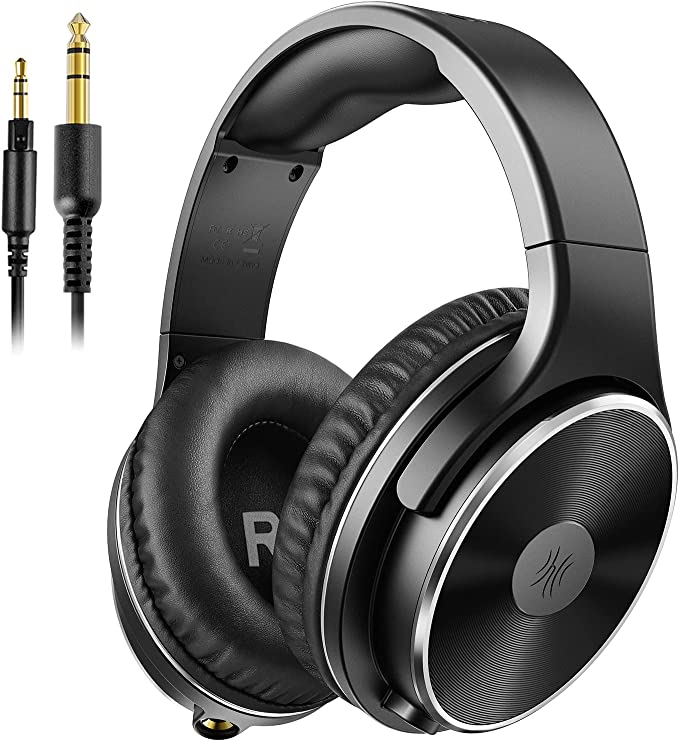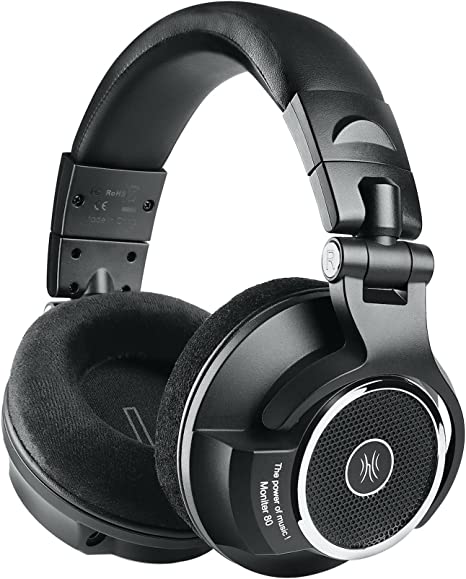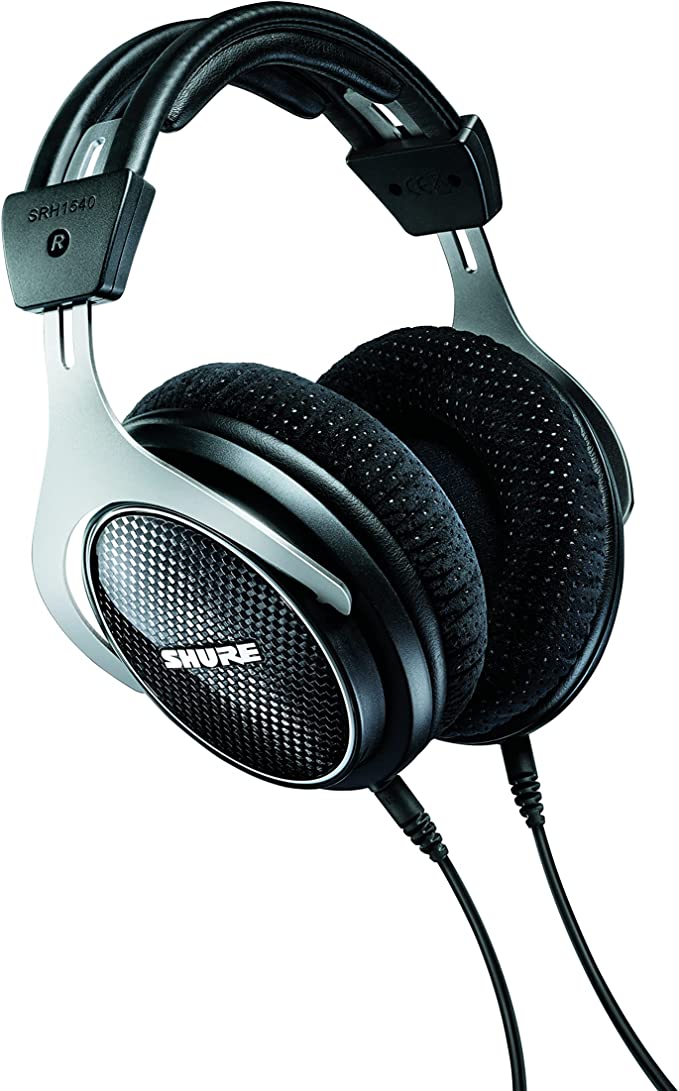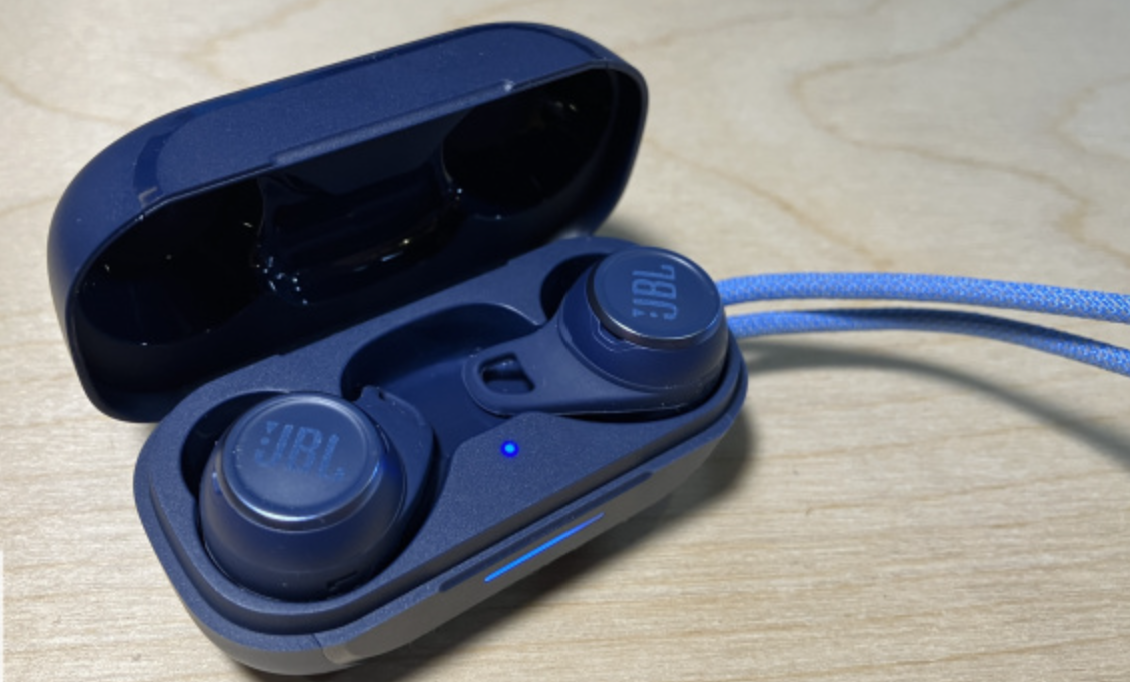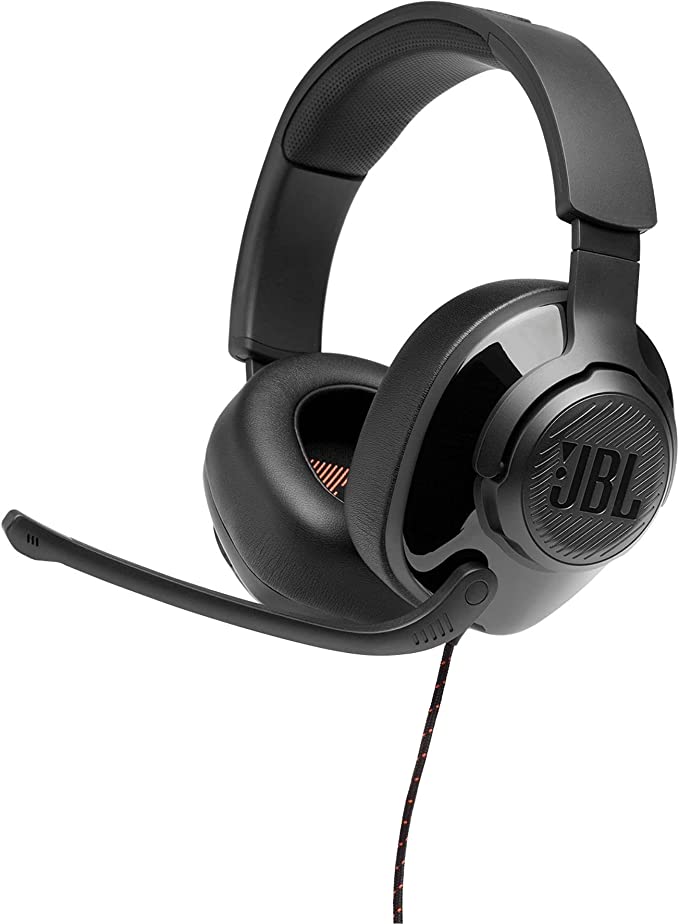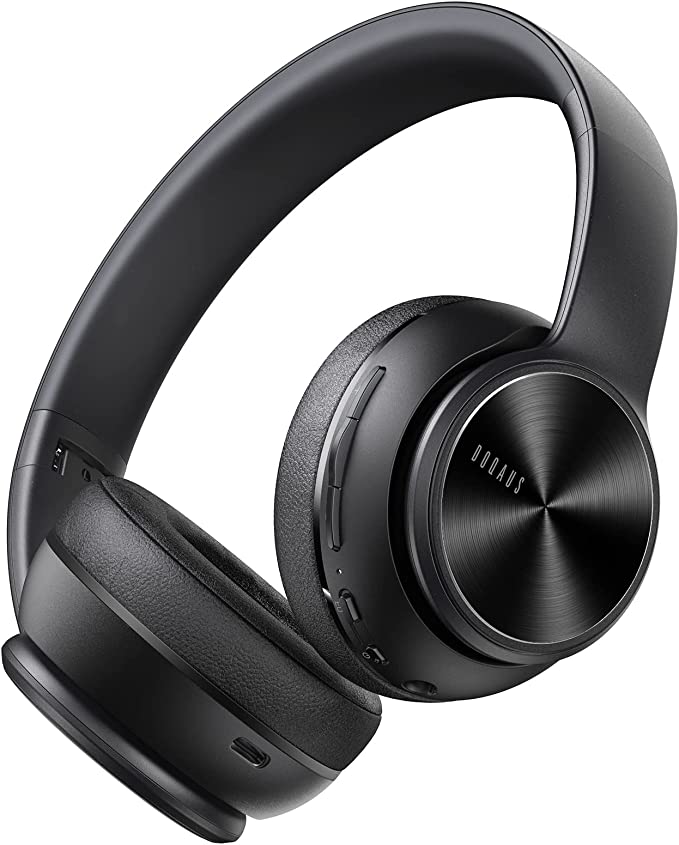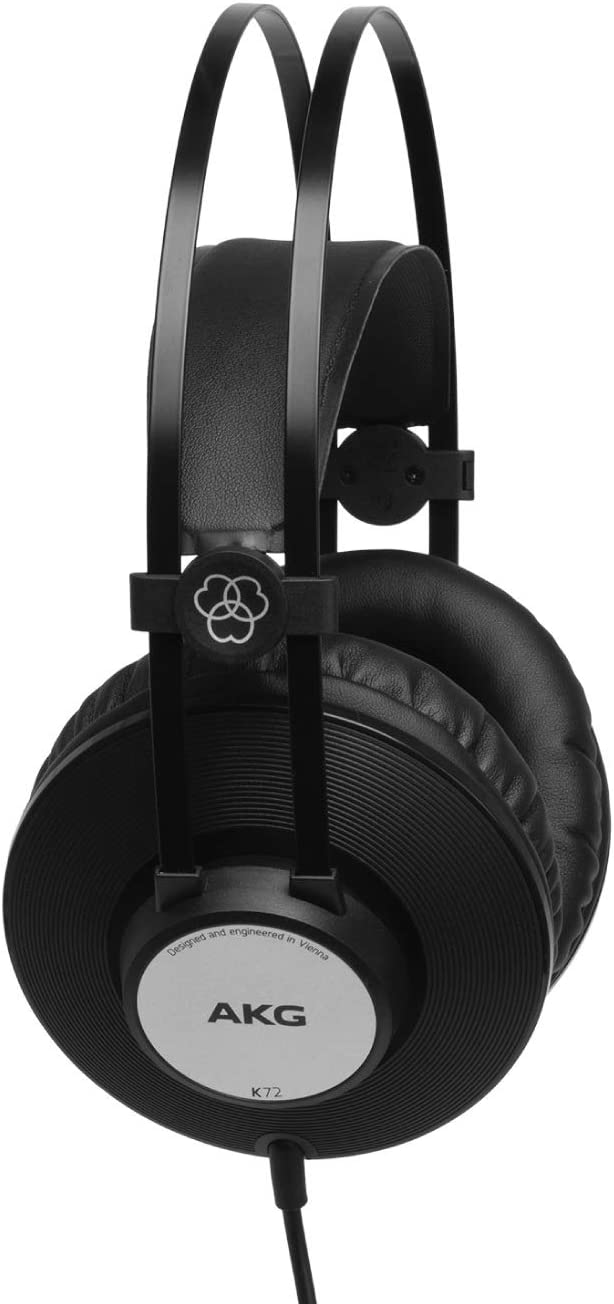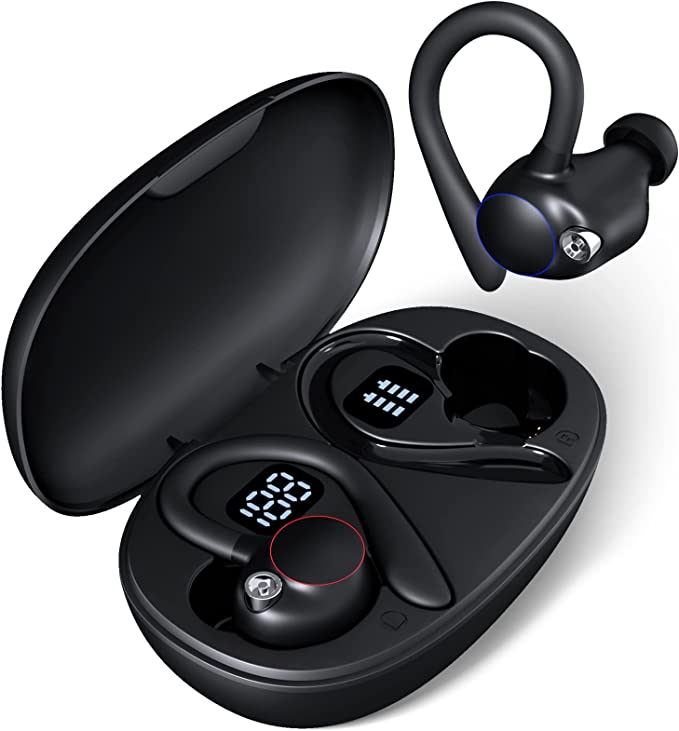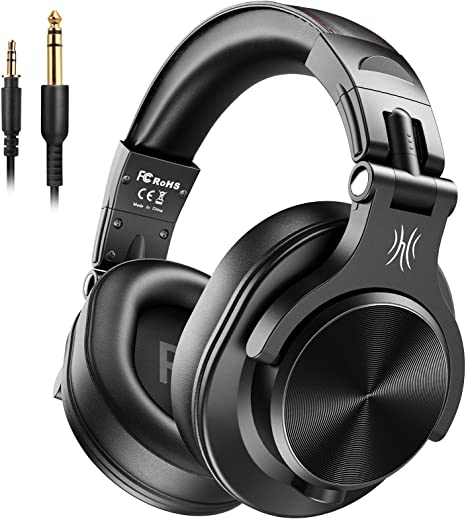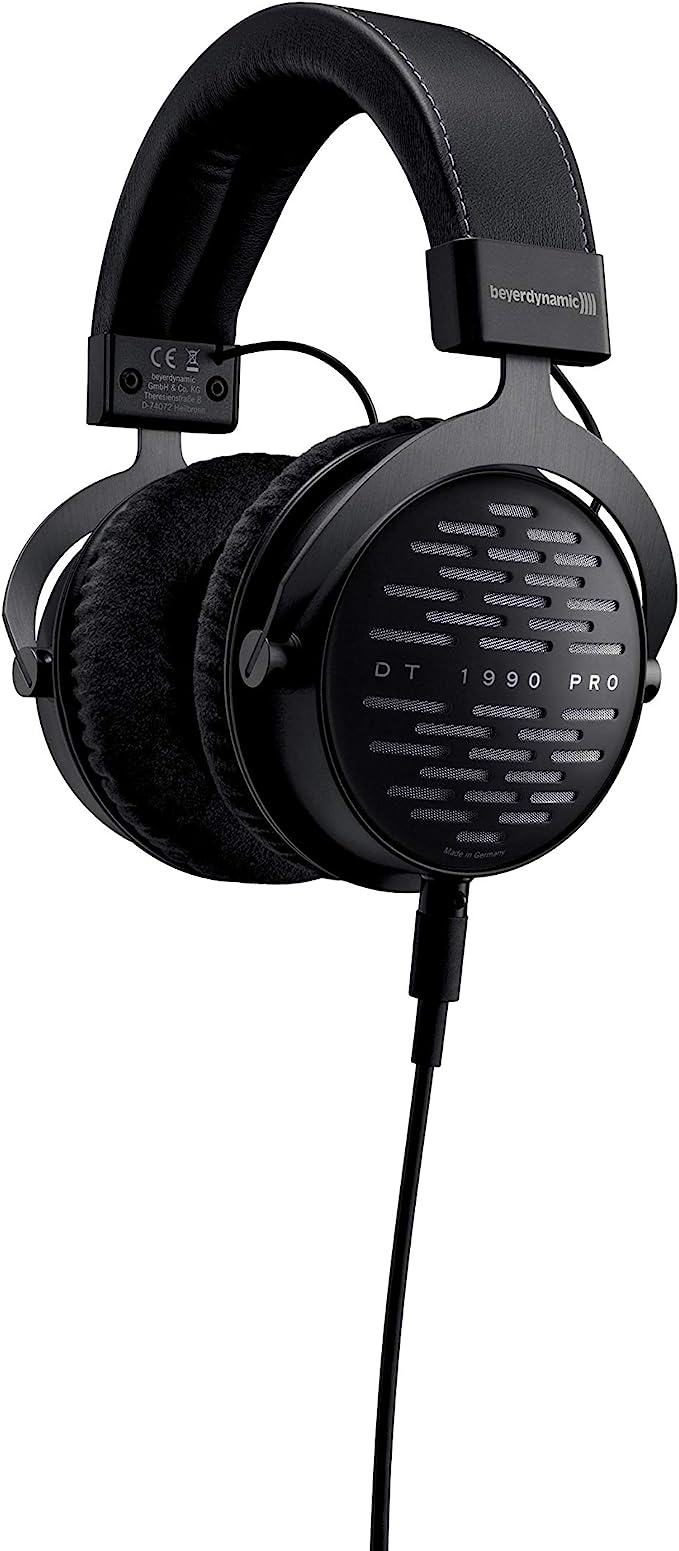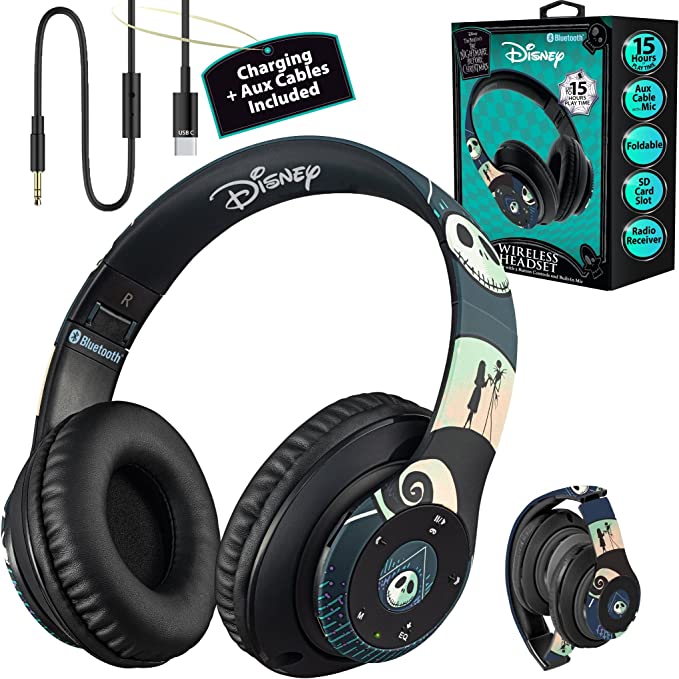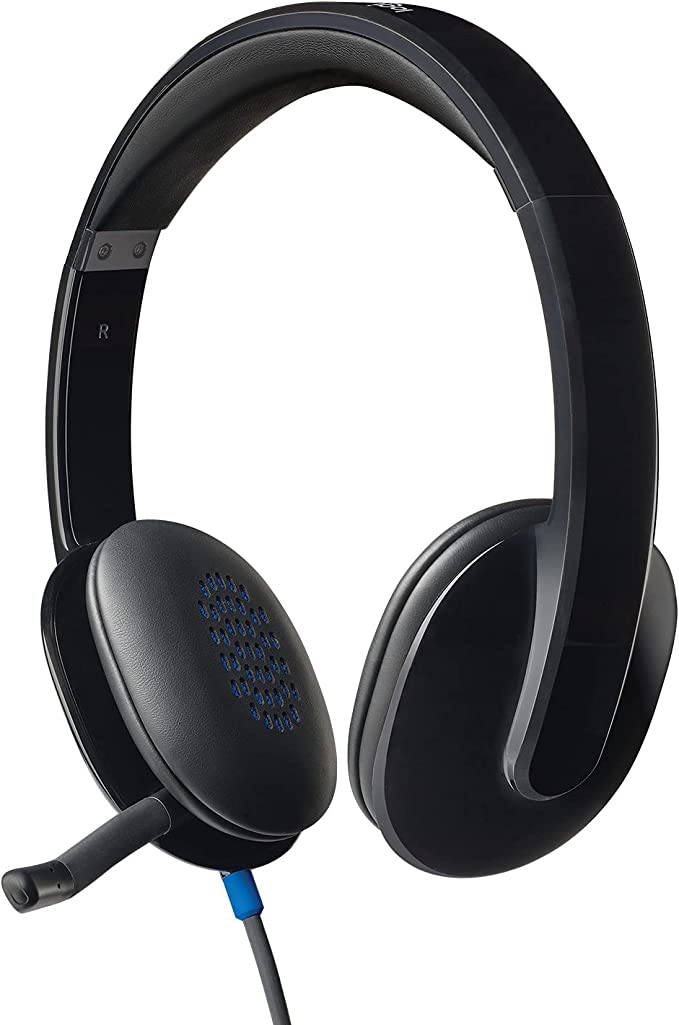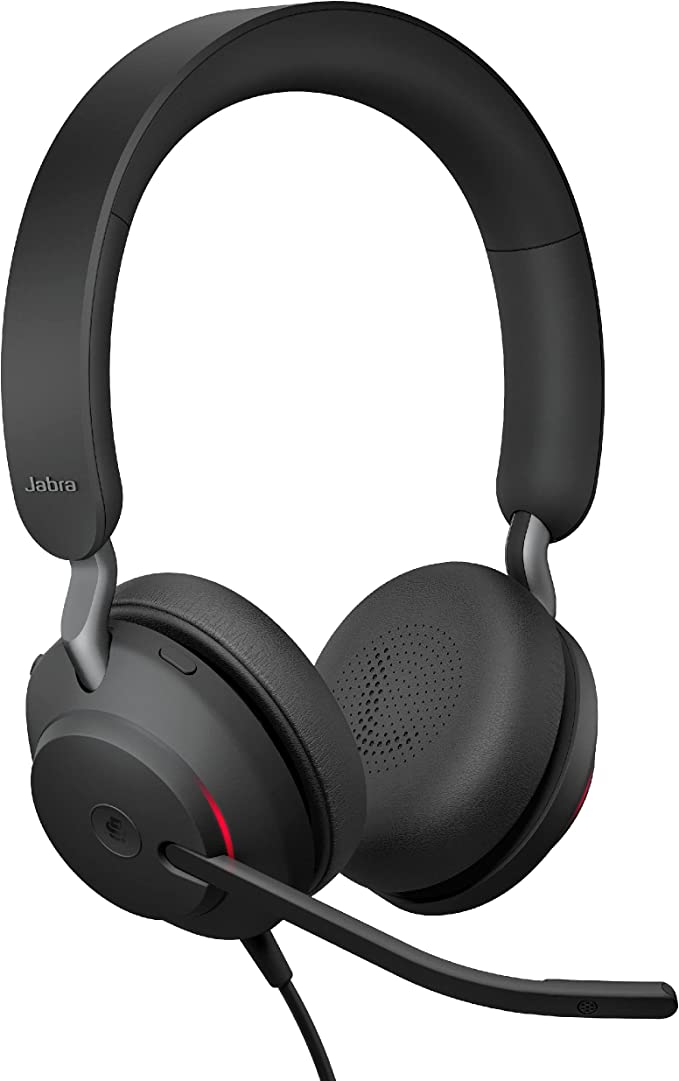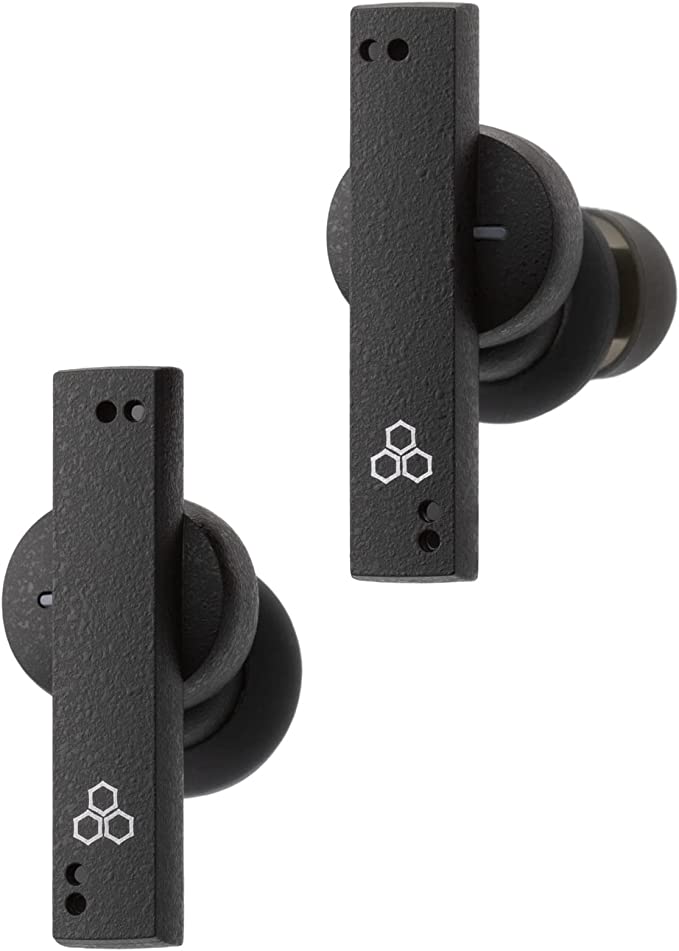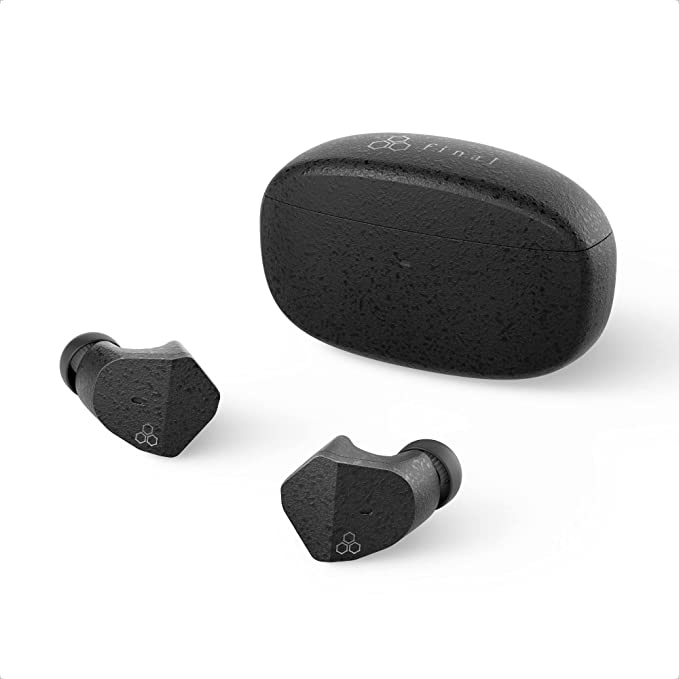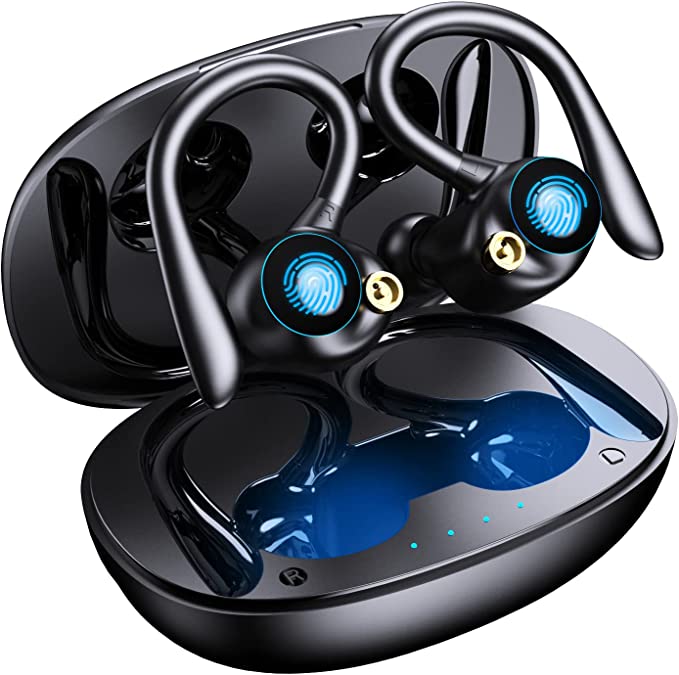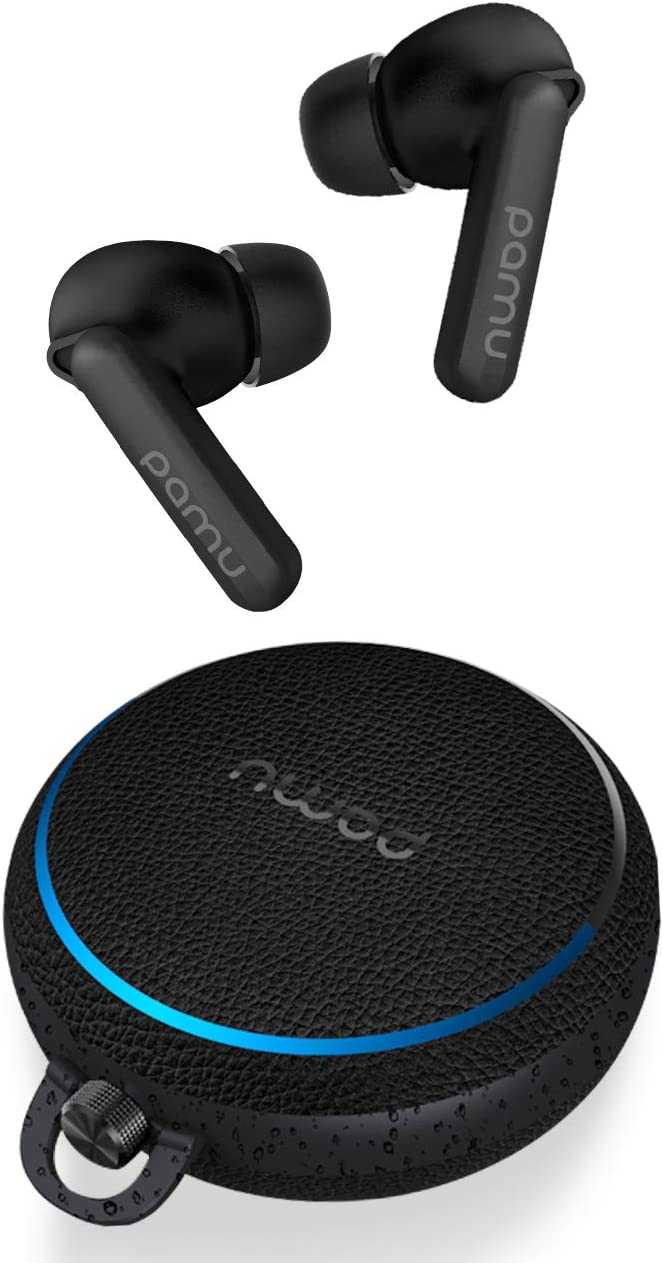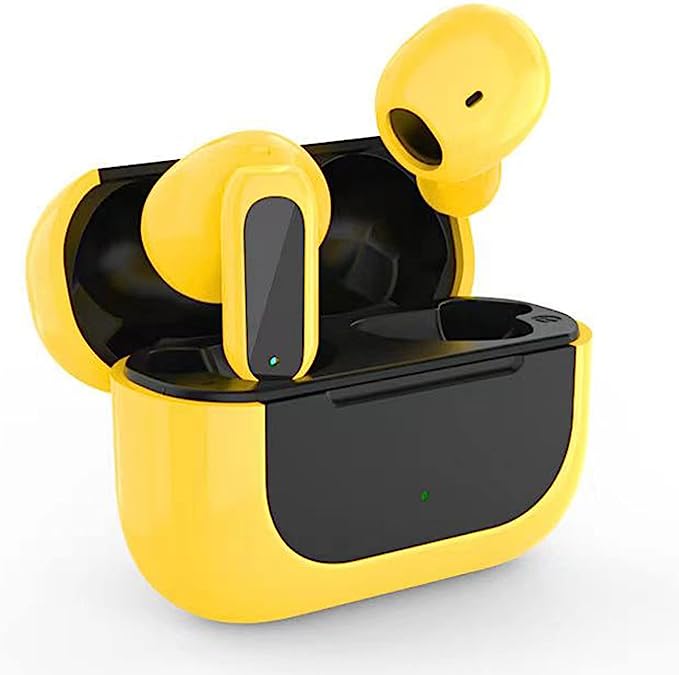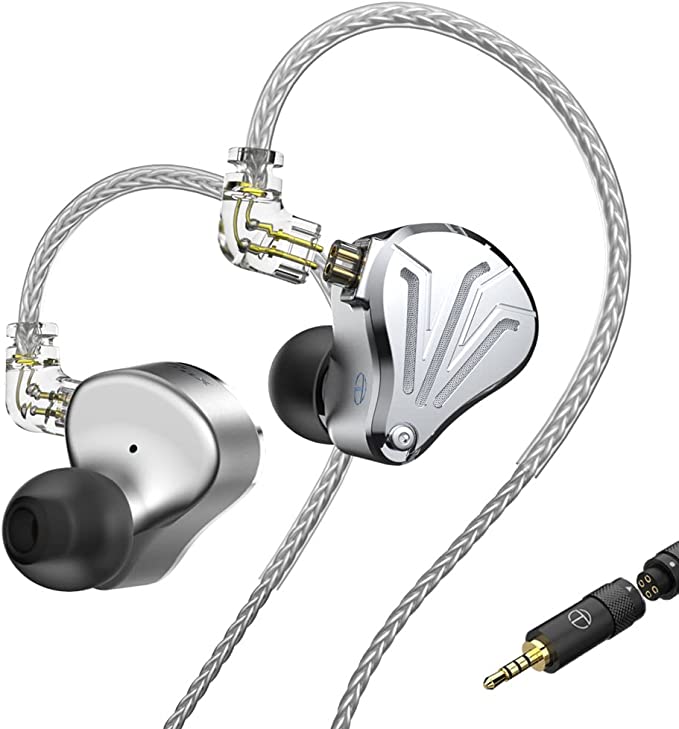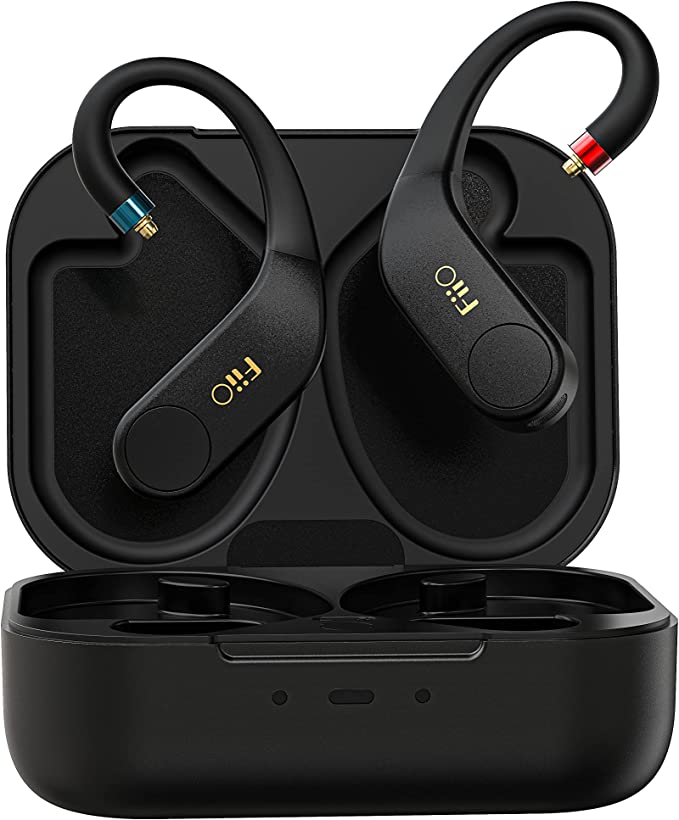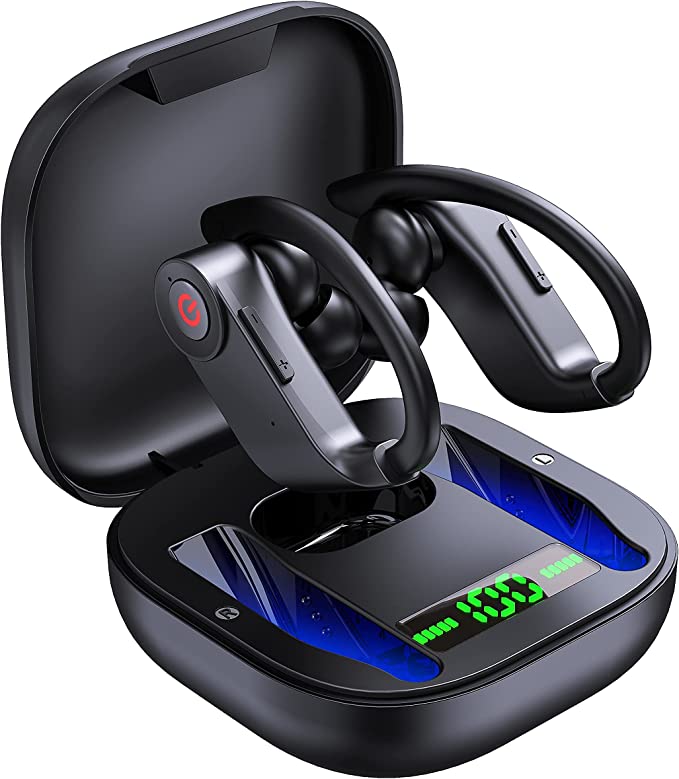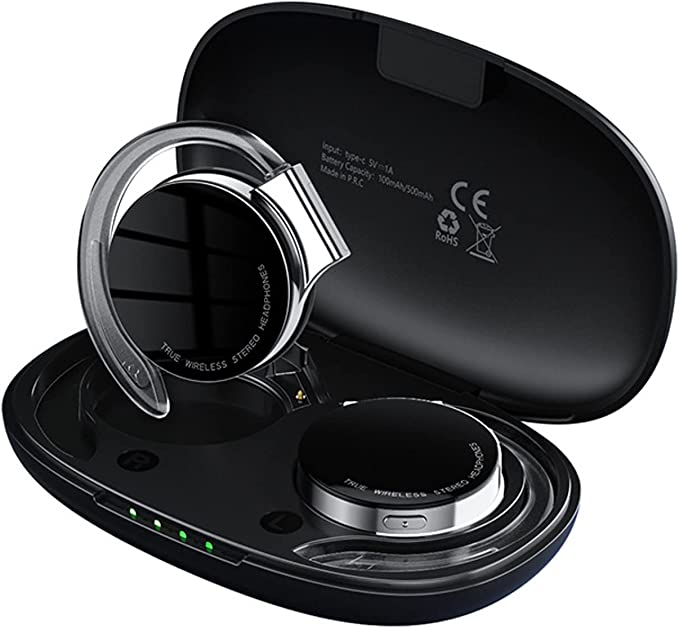The Art of Resampling: Why the Roland SP-404MKII Rules the DAWless World
Update on Nov. 23, 2025, 4:28 p.m.
In an era where Digital Audio Workstations (DAWs) offer infinite tracks, non-destructive editing, and limitless plugins, hardware samplers face an existential question: Why do they still exist? The answer lies not in computing power, but in creative philosophy. The Roland SP-404MKII is not trying to be a computer; it is defiantly an instrument. It champions a workflow based on muscle memory, commitment to sound, and the tactile manipulation of audio waves.
For the producer tired of mouse clicks and staring at grids, the SP-404MKII offers a divergent path. It is a machine that rewards “playing” your edits rather than programming them. Let’s deconstruct the engineering and workflow choices that make this device a cornerstone of modern beat culture.

The “Always-Listening” Buffer: Skip Back Sampling
One of the most significant engineering leaps in the MKII architecture is Skip Back Sampling. Traditionally, sampling required intent: you had to arm the track, hit record, and then play. If you noodled around and played something amazing but weren’t recording, it was lost forever.
The SP-404MKII solves this by maintaining a constant, rolling audio buffer. It is always listening.
* The Mechanism: The device continuously records the last 25 to 40 seconds of your performance into a temporary RAM buffer.
* The Workflow: You can jam with effects, experiment with drum patterns, or scratch over a beat. When you hear a “happy accident,” you simply hit the [MARK] button, and that past audio is instantly retrieved from the buffer and saved to a pad.
This feature fundamentally shifts the psychological state of the musician from “Red Light Syndrome” (the anxiety of recording) to a state of free-flowing improvisation. It captures the lightning that strikes when you aren’t trying.
Resampling: The Architecture of Texture
While DAWs promote “non-destructive” editing (where you can always tweak settings later), the SP lineage is famous for Resampling. This is a destructive process where you record a sample through effects onto a new pad.
Why is this desirable?
1. Compound Texture: You can apply a Vinyl Simulator to a drum break, resample it to bake in the crackle and compression, and then apply a Low-Pass Filter to the new sample. In a DAW, this would require complex routing chains. On the SP, it is a physical, rhythmic action.
2. Polyphony Management: By baking effects into the audio file, you free up the processor. This allows for complex sound design layers that would otherwise choke a standalone unit.
3. Commitment: It forces you to make decisions. Once you resample, that texture is part of the audio DNA. This limitation cures “option paralysis” and propels the creative process forward.

Visualizing the Invisible: The OLED Integration
Previous iterations of the SP series relied on numerical LED displays, forcing users to edit waveforms by ear—a skill that is valuable but time-consuming. The MKII integrates a vivid OLED display that bridges the gap between analog intuition and digital precision.
- Waveform Editing: Users can now visually identify zero-crossing points (where the waveform meets the center line). This is crucial for creating seamless loops without the dreaded “digital click” at the loop point.
- Envelope Shaping: The screen visualizes Attack, Hold, and Release parameters, allowing for precise sculpting of transient responses. This turns a jagged sample chop into a smooth, musical instrument.
However, Roland carefully designed the UI so the screen is an aid, not a focal point. The primary interaction remains with the 17 velocity-sensitive pads and the control knobs, preserving the “instrument” feel.
The Effects Ecosystem: Beyond Standard DSP
The sonic signature of the SP-404MKII is defined by its effects algorithms. These are not transparent, studio-grade mixing tools; they are creative, coloring effects designed to be performed.
- Vinyl Simulator: This is perhaps the most legendary algorithm. It doesn’t just add noise; it emulates the wow and flutter (pitch instability) and the specific compression characteristics of vinyl playback. It acts as a “glue” that makes disparate digital samples sound like they belong on the same dusty record.
- DJFX Looper: This effect granularly slices the audio buffer, allowing for stutter effects and pitch-shifted loops in real-time. It turns the playback of a static file into a dynamic performance.
- Cassette Simulator: A newer addition that models the hysteresis and saturation of magnetic tape, adding a distinct “warmth” and harmonic distortion that is highly sought after in Lo-Fi genres.
Connectivity and The Modern Studio
Despite its standalone prowess, the MKII is engineered to integrate into a hybrid studio. * USB-C Audio/MIDI: It functions as a class-compliant audio interface. You can sample high-quality audio directly from a mobile device or laptop via a single cable, or record your performance directly into a DAW. * Dual Headphone Jacks: A practical addition for collaboration, allowing two users to monitor the output simultaneously. * Mic/Guitar Input: The dedicated preamp with a physical gain knob allows instrumentalists to use the SP-404MKII as a multi-effects processor and looper for guitar or vocals.

Conclusion: The Instrument of Imperfection
The Roland SP-404MKII is a paradox. It is a digital device beloved for its “analog” soul. It is a deep, complex machine that encourages simple, intuitive play. For the musician, it offers something a computer never can: a physical relationship with sound.
By mastering its button combinations and embracing its resampling workflow, you aren’t just operating a machine; you are learning an instrument. It is built for those who believe that the “imperfections”—the grit, the committed effect layers, the slight timing shifts of a hand-played beat—are exactly what make music feel human.


